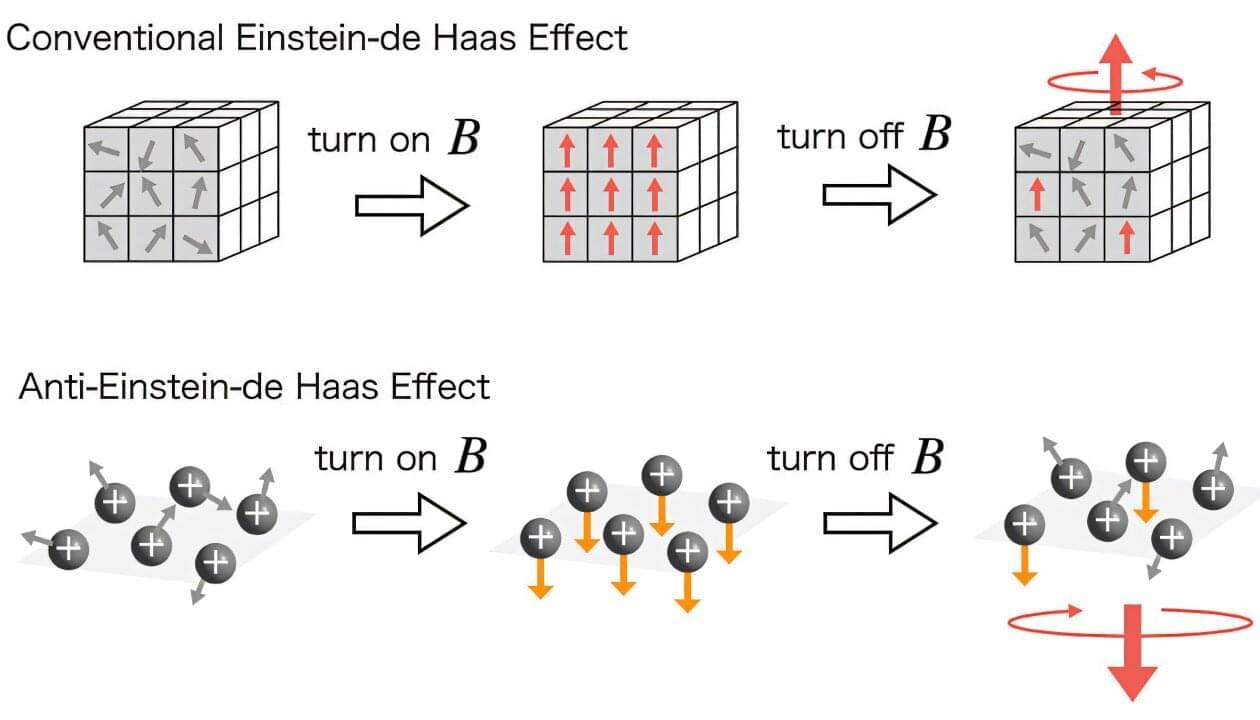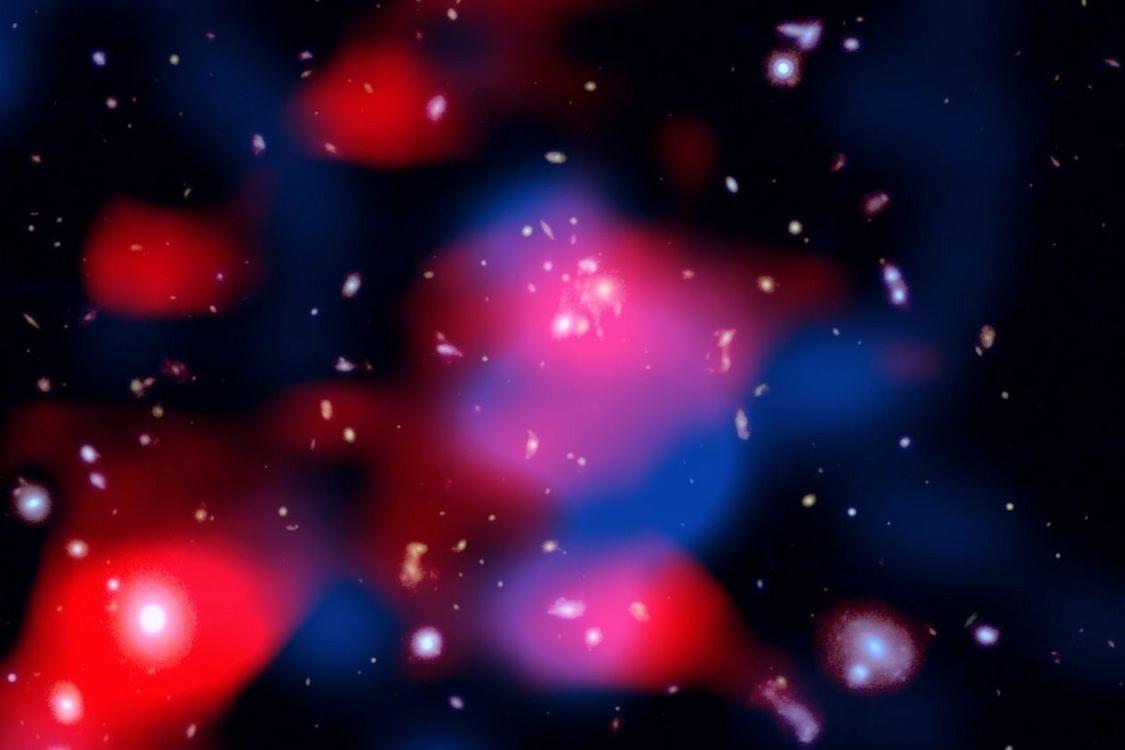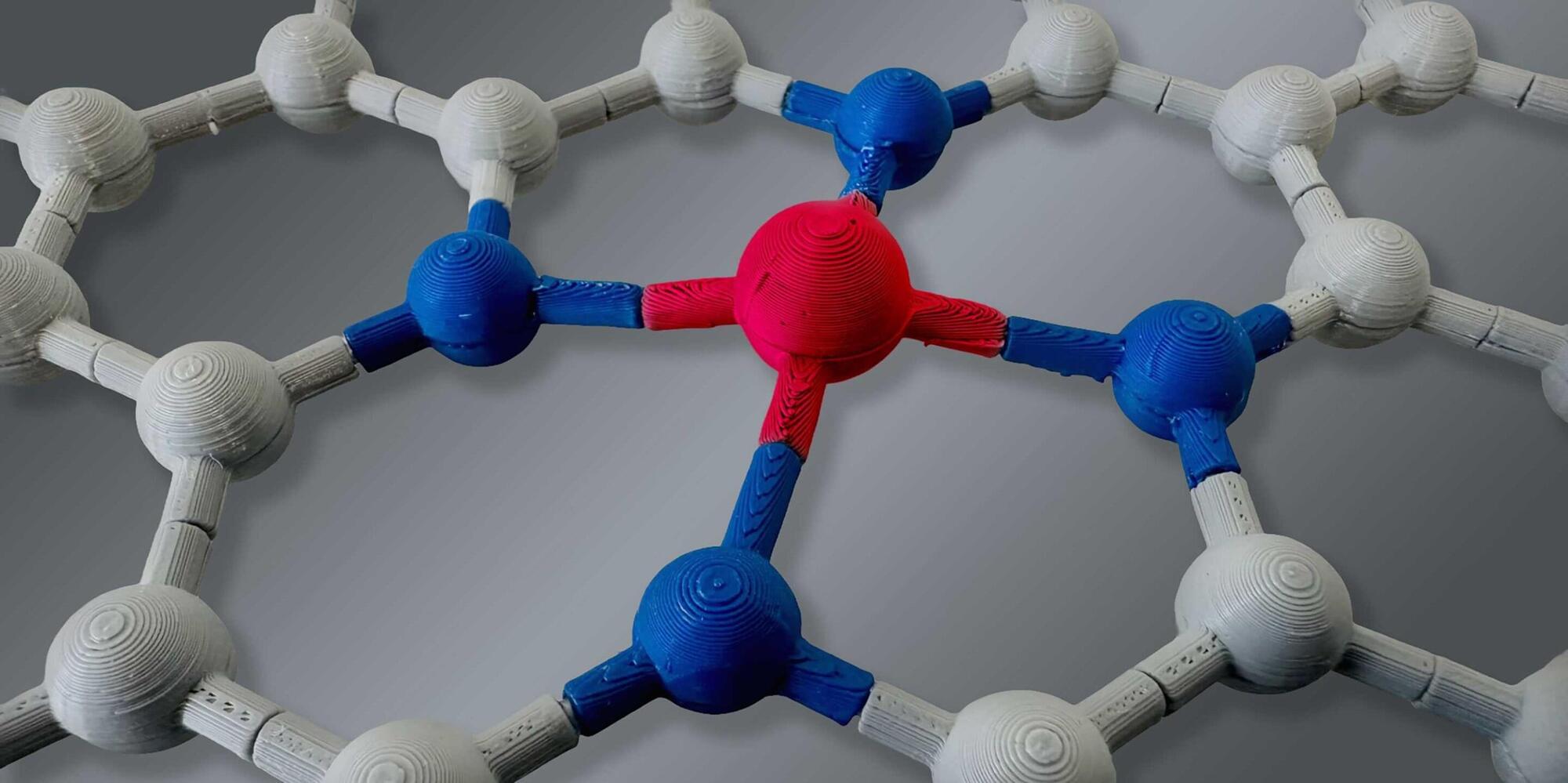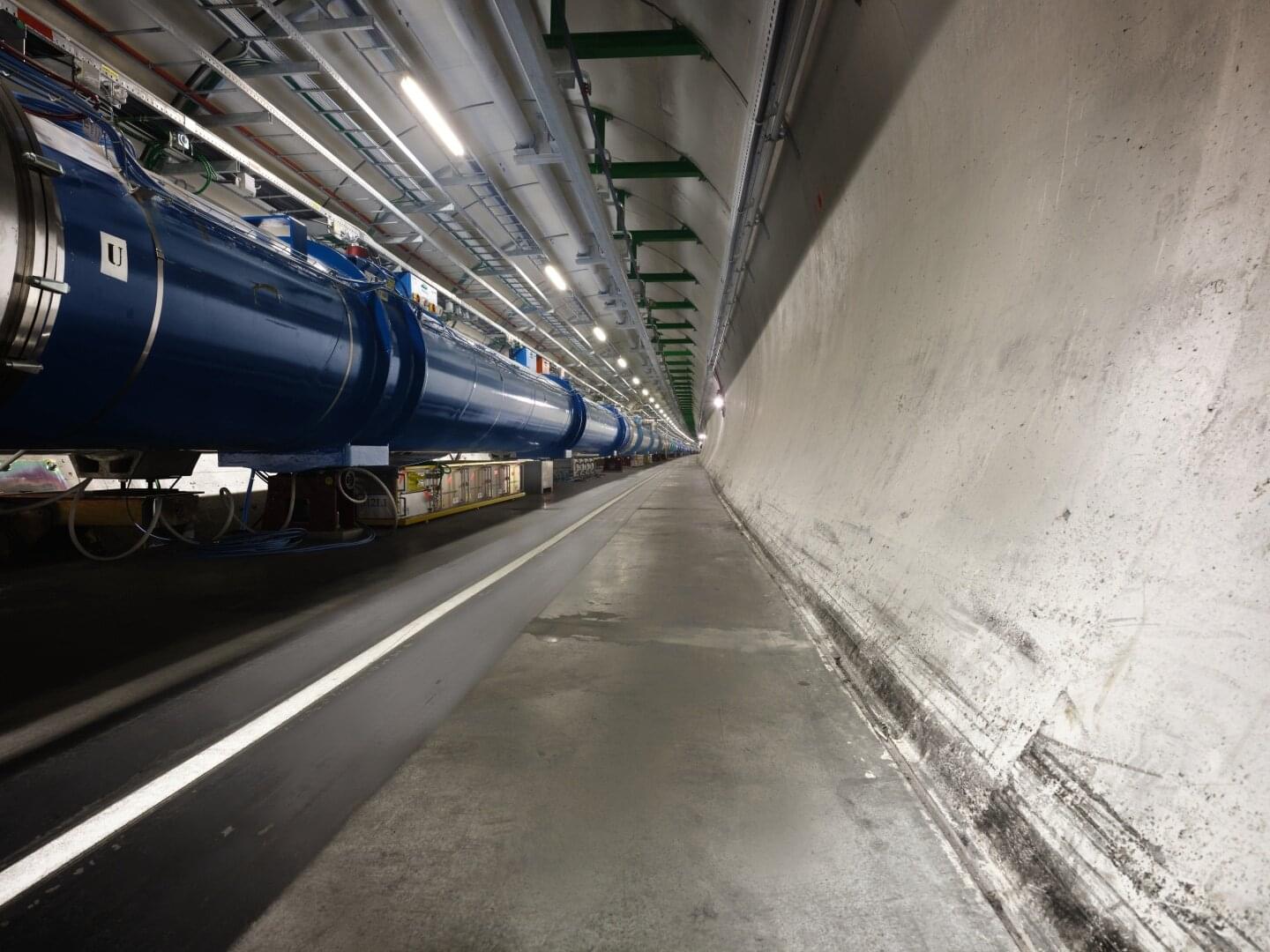Imagine a liquid that flows freely one moment, then stiffens into a near-solid the next, and then can switch back with a simple change in temperature. Researchers at the University of Chicago Pritzker School of Molecular Engineering and NYU Tandon have now developed such a material, using tiny particles that can change their shape and stiffness on demand.
Their research paper, “Tunable shear thickening, aging, and rejuvenation in suspensions of shape-memory endowed liquid crystalline particles,” published in Proceedings of the National Academy of Sciences, demonstrates a new way to regulate how dense suspensions—mixtures of solid particles in a fluid—behave under stress.
These new particles are made from liquid crystal elastomers (LCEs), a material that combines the structure of liquid crystals with the flexibility of rubber. When heated or cooled, the particles change shape: they soften and become round at higher temperatures, and stiffen into irregular, angular forms at lower ones. This change has a dramatic effect on how the suspension flows.








